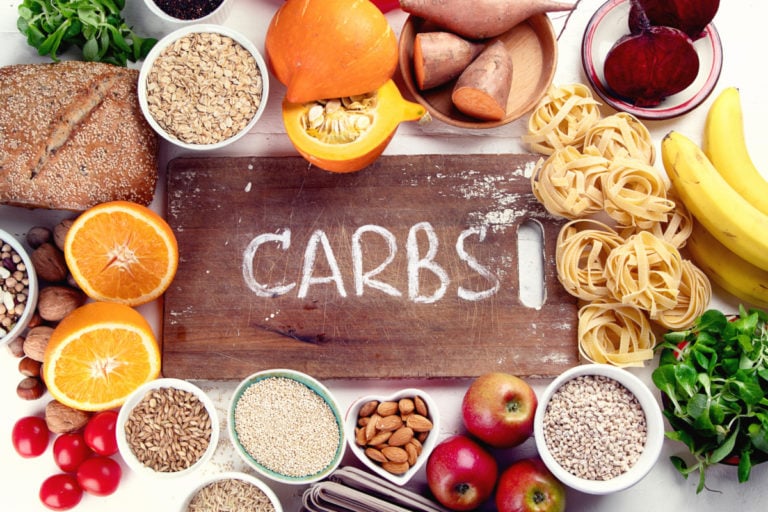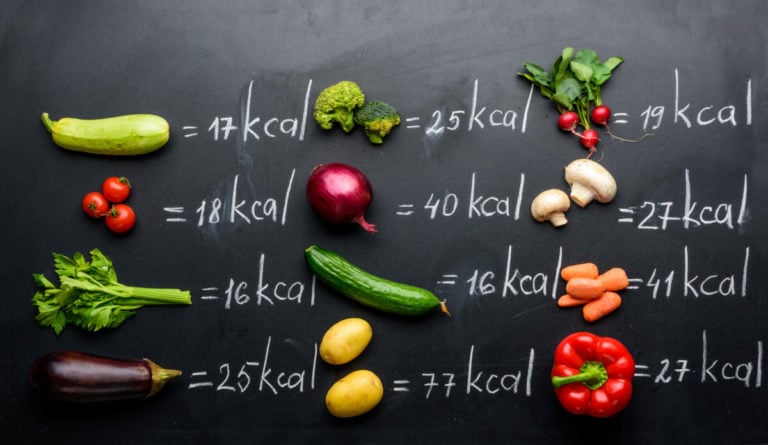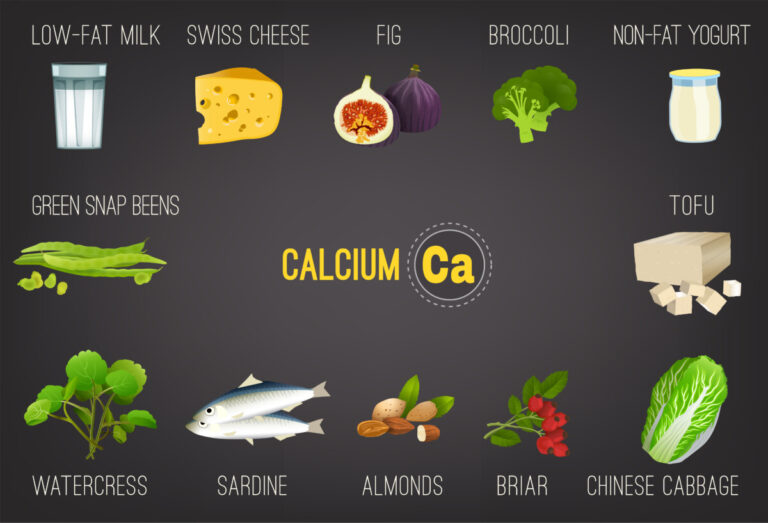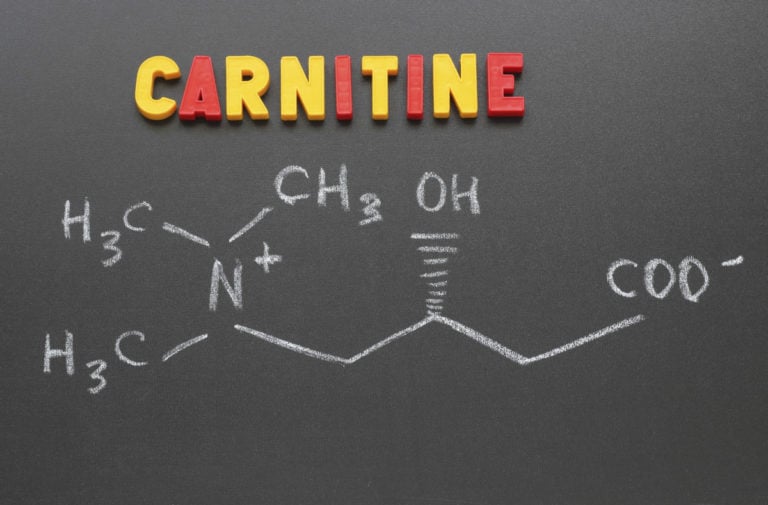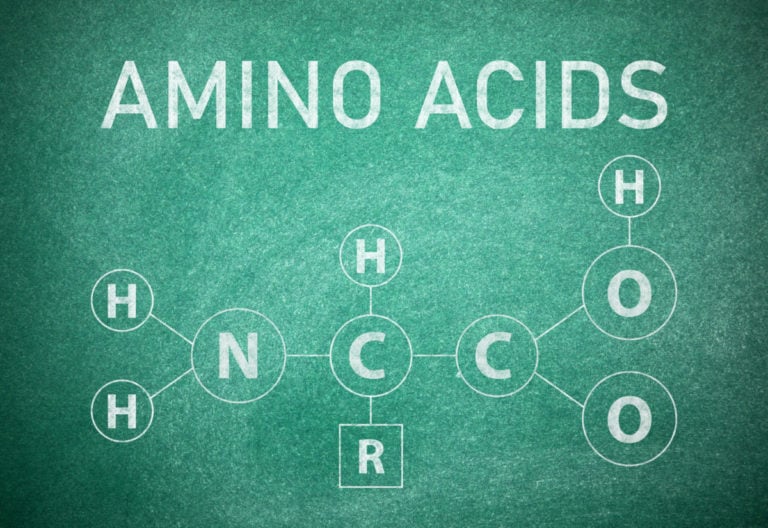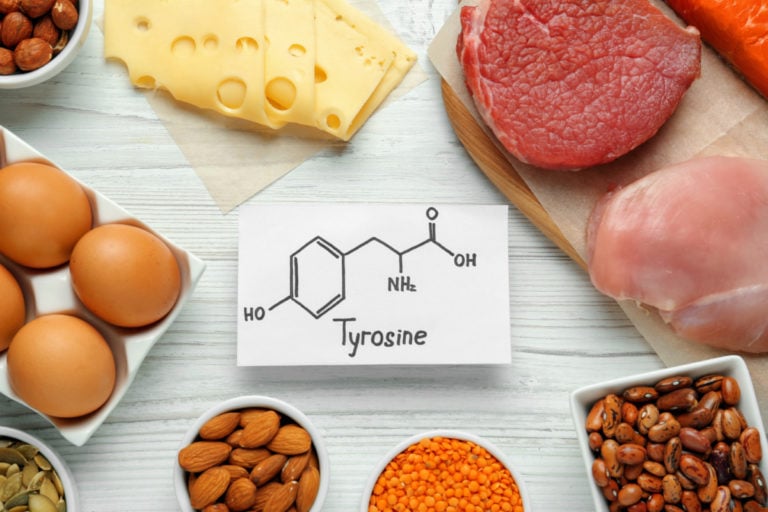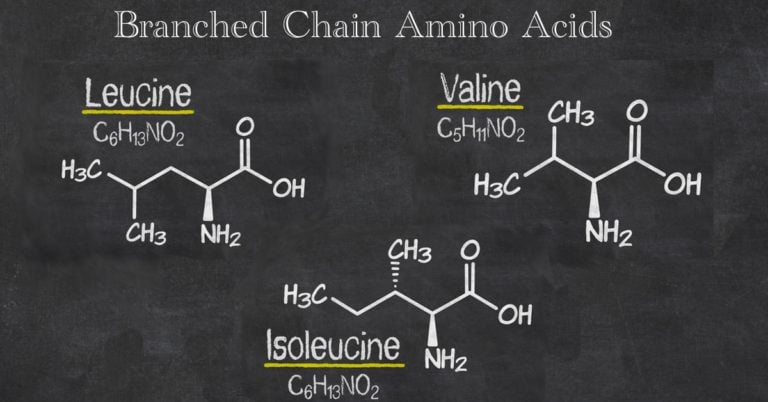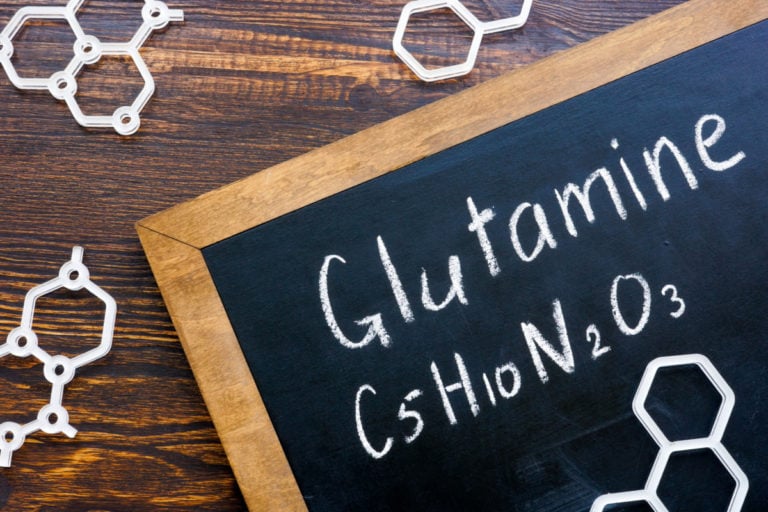I have no doubt that all people have heard more than once about amino acids and even heard about their importance, but few can give a clear and simple answer to the questions, what are these acids and what properties of amino acids exist. In this article, we’ll talk about just that!
The human body is always at work, even in sleep it has breathing, heartbeat. During sleep, all other organs work, although slowly, except for the skin and sebaceous glands, which are most active during sleep. To maintain activity and successfully cope with cell division, the body simply needs building material. We get all the necessary trace elements for the life of our body through food.

Absolutely all food consists of proteins, fats, carbohydrates, vitamins, minerals and water. Proteins, fats and carbohydrates are energy providers in our body.
Fats in the human body, and especially proteins, are a constantly necessary material for the production of restoration and restoration work at the cellular level.
Proteins are substances of the organic group that consist of amino acids and have their properties. As a result of the activity of the gastrointestinal tract, proteins are broken down into amino acids, which, in turn, are absorbed into the blood. Then, from the received amino acids, the body builds the proteins it needs for construction, immune proteins, its enzymes and hormones.
What are amino acids?
In the modern world, most often, the word “protein” or “protein” (the second is the English equivalent of the Russian “protein”) we associate with muscle tissue. Bodybuilders specifically sit on protein diets, with the help of which they increase their muscle mass.
However, there are thousands of different kinds of proteins in our body, such as hormones, insulin, enzymes, antibodies, and so on. These types of protein are made up of amino acids by combining them into chains called peptides.
Sometimes there are protein molecules, which are a chain of twenty-five amino acids. The amino acids themselves consist of nitrogen and carbon, and if the nitrogen part is the same for everyone, then the carbon part of different types of amino acids has its own. Different proteins have their own set of amino acid properties. In the process of protein metabolism, the body satisfies the need for nitrogen.

After protein-rich food enters our stomach, the process of protein breakdown begins under the influence of an enzyme called “pepsin”. Long chains of amino acids here break down into shorter ones, then in order to get under the influence of enzymes (enzymes are protein molecules, or sets of those that accelerate chemical reactions in the body) of the pancreas.
As a result, polypeptides are formed (polypeptides are amino acids consisting of one or more units). After that, the next group of enzymes, called peptidases, cleaves polypeptides into amino acids, consisting of two (dipeptides), three (tripeptides) and single units.
Dipeptides, tripeptides and single amino acids enter the bloodstream and are transported to the liver. Here, the action can already go according to various scenarios: the amino acid again enters the bloodstream and spreads throughout the body; the amino acid will be converted into another (non-essential) amino acid; the amino acid will be converted into some kind of protein, or the amino acid will be broken down to the level of a metabolite (a substance that plays a role in metabolism – the process of maintaining life).
When the body has covered its needs for amino acids and the properties of the amino acids are manifested, the excess protein is broken down: the nitrogen component is converted into urea and excreted in the urine, and the carbon component is deposited in the form of fat. It follows that excess protein can be converted into fat, contrary to popular belief that says otherwise.
Proteins, their role in the human body is undeniable. They can also be used as a source of energy, which is one of the main reasons athletes take protein foods. All amino acids are involved in a process that can be called the protein cycle.
Types of amino acids
Essential and non-essential amino acids
Essential amino acids are those that our body cannot synthesize on its own, so they must come to us with food.

Non-essential amino acids are produced by the body from the building material itself.
Amino acids are D and L
Amino acids exist in two forms. D-amino acid (dextra – lat. “Right”), similar to a mirror image, L-amino acids (levo – lat. “Left”).
There are also free amino acids in modern pharmaceuticals. Consider the properties of these amino acids.
These are amino acids that have already been purified and split artificially. However, it is worth noting that such amino acids are not a good option for obtaining protein in an organism that is much more accustomed to obtaining protein for itself in natural ways. However, such amino acids can be used to produce specific effects, such as increased growth hormone synthesis.
Output
Proper lifestyle is the key to proper nutrition, so you must adhere to the following principles:
- Keep a balance between incoming and outgoing energy. Simply put, don’t overeat.
- Eat a sensible variety of foods rich in various micronutrients to provide the body with the materials it needs.
- Be mindful of your diet.
- Do not allow yourself to fast for a long time, because this will cause the first meal after a long fast to be deposited in adipose tissue. This happens due to the fact that the body has switched to “martial law” and is going to save. But do not allow yourself excessive snacking (see point 1).


